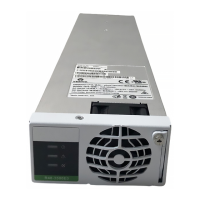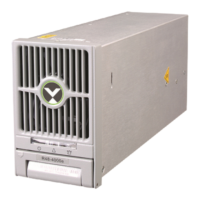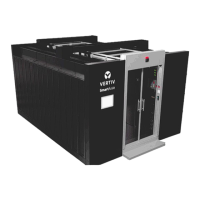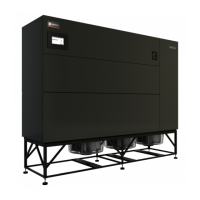What to do if the Protection Indicator (Yellow) is ON on Vertiv eSure R48-3500e3?
- AandrekennedyAug 4, 2025
If the Protection Indicator (Yellow) is ON, it could be due to several reasons: * AC input under/over voltage: Correct the AC input voltage to within the acceptable range. * PFC under/over voltage: Replace the rectifier. * Moderate load sharing imbalance: Check if the rectifier is properly seated in the shelf. If the fault persists, replace the rectifier. * Rectifier not completely inserted: Remove and properly insert the rectifier. * Rectifier over-temperature protection: Remove any object blocking the fan, inlet, or outlet. Lower the ambient temperature or relocate the heat source if it's too close to the rectifier inlet.






